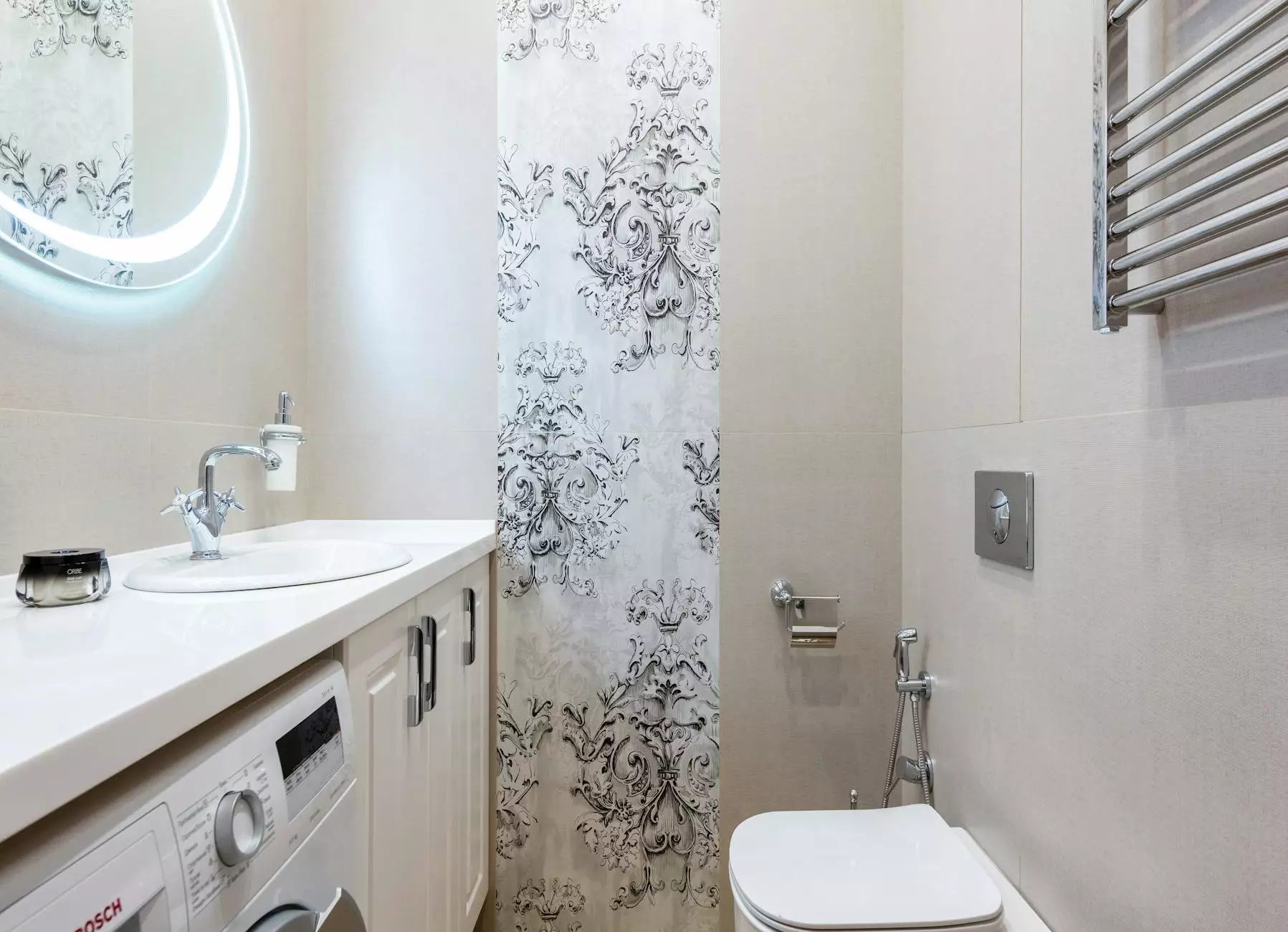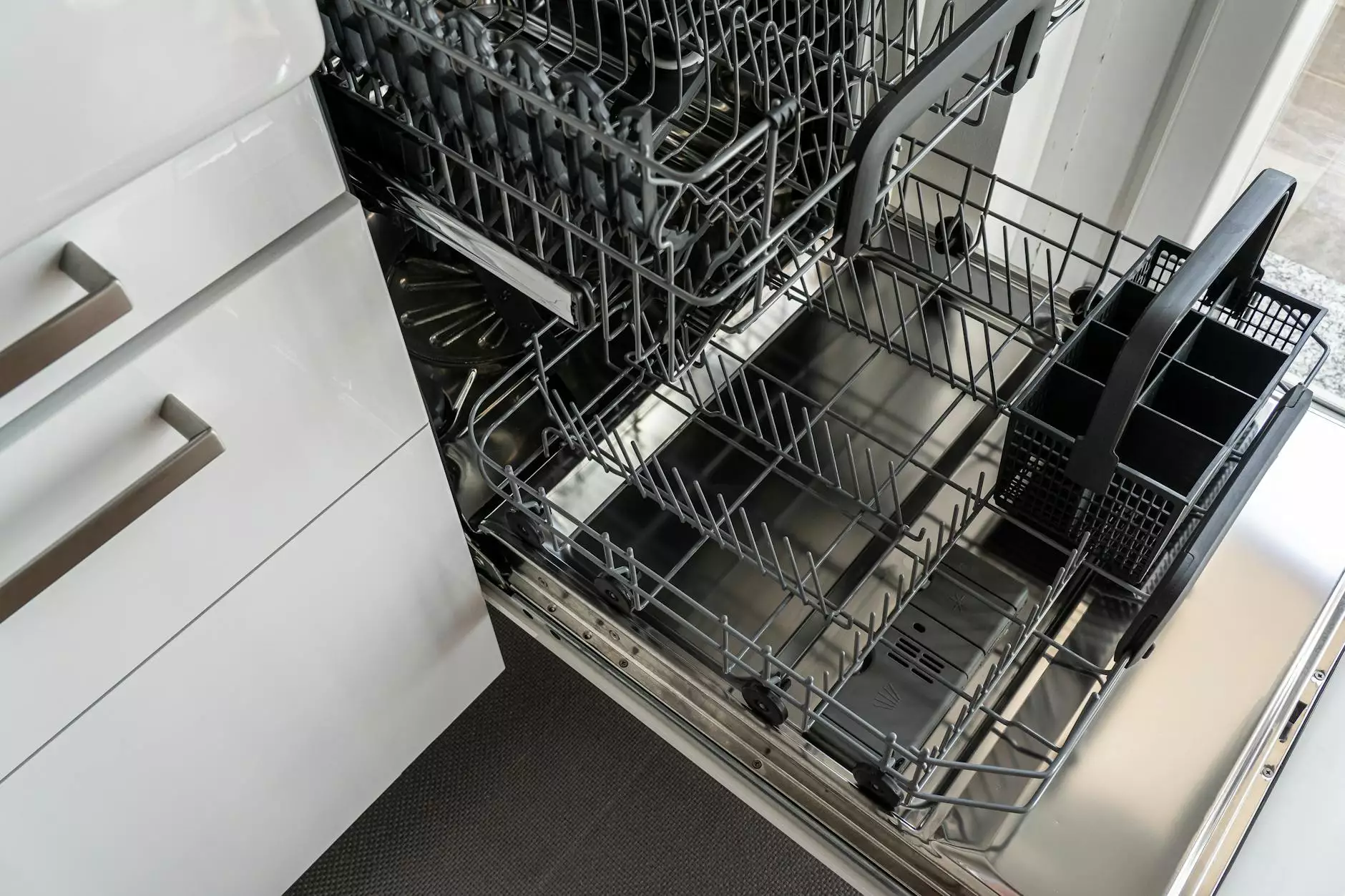How to Install a Toilet Flapper
Home Decor
Here at Solar Powered Items, we understand the importance of maintaining an efficient and eco-friendly household. One area that often goes overlooked when it comes to conserving water is the toilet. By installing a toilet flapper, you can significantly reduce water waste and prevent any potential toilet problems. In this guide, we will provide you with step-by-step instructions on how to properly install a toilet flapper.
Understanding the Importance of a Toilet Flapper
Before we delve into the installation process, it's crucial to understand the role of a toilet flapper. A toilet flapper is a rubber valve that controls the flow of water from the tank into the bowl. When you flush the toilet, the flapper lifts, allowing water to enter the bowl and create a powerful flush. Once the tank is empty, the flapper ensures a tight seal, preventing any further water from escaping.
Over time, toilet flappers can deteriorate or become misaligned, resulting in water leaks and decreased flushing efficiency. By regularly inspecting and replacing your toilet flapper, you can avoid these inconveniences and maintain a water-efficient household.
Gathering the Necessary Tools and Materials
Before you begin the installation process, gather the following tools and materials:
- Toilet flapper (compatible with your toilet model)
- Adjustable wrench
- Bucket or towel
- Rubber gloves
- Penetrating lubricant (optional)
Step-by-Step Guide to Installing a Toilet Flapper
Now that you have everything ready, let's proceed with the installation:
Step 1: Shut Off the Water Supply
Locate the water shut-off valve behind the toilet. Rotate it clockwise until the water supply is completely shut off. This will prevent any water from flowing while you work on the toilet flapper.
Step 2: Empty the Tank
Flush the toilet to empty the tank. Use a bucket or towel to soak up any remaining water in the tank and bowl. This will make the flapper replacement process easier and cleaner.
Step 3: Remove the Old Flapper
Inspect the existing flapper and the attachment mechanism. Most toilet flappers are secured with a chain or a rubber sleeve. Disconnect the chain or remove the sleeve, depending on your toilet model. Detach the flapper from the overflow tube connected to the flush valve.
If the flapper is stuck, you may need to apply some penetrating lubricant to loosen it. Be careful not to damage any surrounding components during this process.
Step 4: Install the New Flapper
Take the new flapper that matches your toilet model and carefully attach it to the overflow tube. Make sure it forms a snug fit and creates a tight seal. Reconnect the chain or rubber sleeve, ensuring the flapper has enough slack to move freely.
Step 5: Turn On the Water Supply
Once the new flapper is securely in place, turn on the water supply by rotating the shut-off valve counterclockwise. Allow the tank to fill up and check for any leaks or irregularities. If necessary, adjust the chain length or tighten the connection to achieve optimal performance.
Step 6: Test the Flapper
Flush the toilet multiple times to ensure the flapper functions correctly. Observe the flushing action and listen for any unusual sounds or leaks. A properly installed flapper should provide a strong flush and create an airtight seal after each use.
Conclusion
Congratulations! You have successfully installed a toilet flapper at your home. By taking the time to replace your old flapper, you have contributed to water conservation and prevented potential toilet problems. Regular maintenance and inspection of your toilet flapper will ensure optimal water efficiency in your household.
For more information on eco-friendly household solutions and other solar-powered items, visit Solar Powered Items. Stay tuned for more informative guides and resources to help you create a sustainable and efficient living space.




